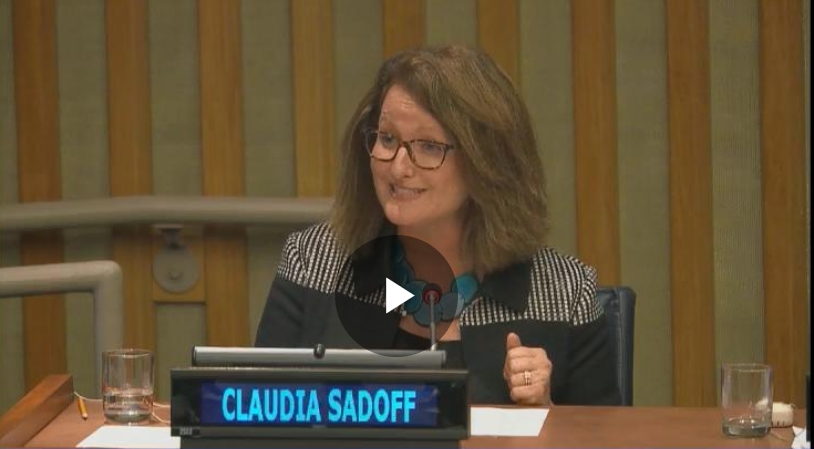Mar 23, 2018-If asked where their water comes from, a local might point to Sundarijal or to the water tankers hurtling down Kathmandu’s roads carrying loads from distant springs and wells. But where does the water in Sundarijal come from? And how do these springs and wells stay filled with water all year round?
Another World Water Day passed this week. And around the world, including here in Nepal, water scarcity is a problem that is being increasingly exacerbated due to climate change. To ensure year-round water availability and to protect this crucial resource, we need to employ a scientific approach.
Also refer the WLE project page.
The authors acknowledge the Climate Investment Funds (CIF), Nordic Development Fund (NDF) and the Asian Development Bank (ADB) for funding this work as part of the Strategic Technical Assistance to support the Building Climate Resilience of Watersheds in Mountain Eco-Regions (BCRWME) project led by the Department of Forests and Soil Conservation (DoFSC), Government of Nepal, under the subpackage-2 titled: Watershed Hydrology Impact Monitoring Research. The research work was conducted by the International Water Management Institute (IWMI) with support from the National Institute of Hydrology (NIH), Roorkee, India, for laboratory analysis and interpretation of the isotope compositions. The Institute of Forestry (IOF) was engaged intermittently throughout the project for collaboration, knowledge sharing and capacity building. This research was carried out as part of the CGIAR Research Program on Water, Land and Ecosystems (WLE) and supported by Funders contributing to the CGIAR Trust Fund.
















